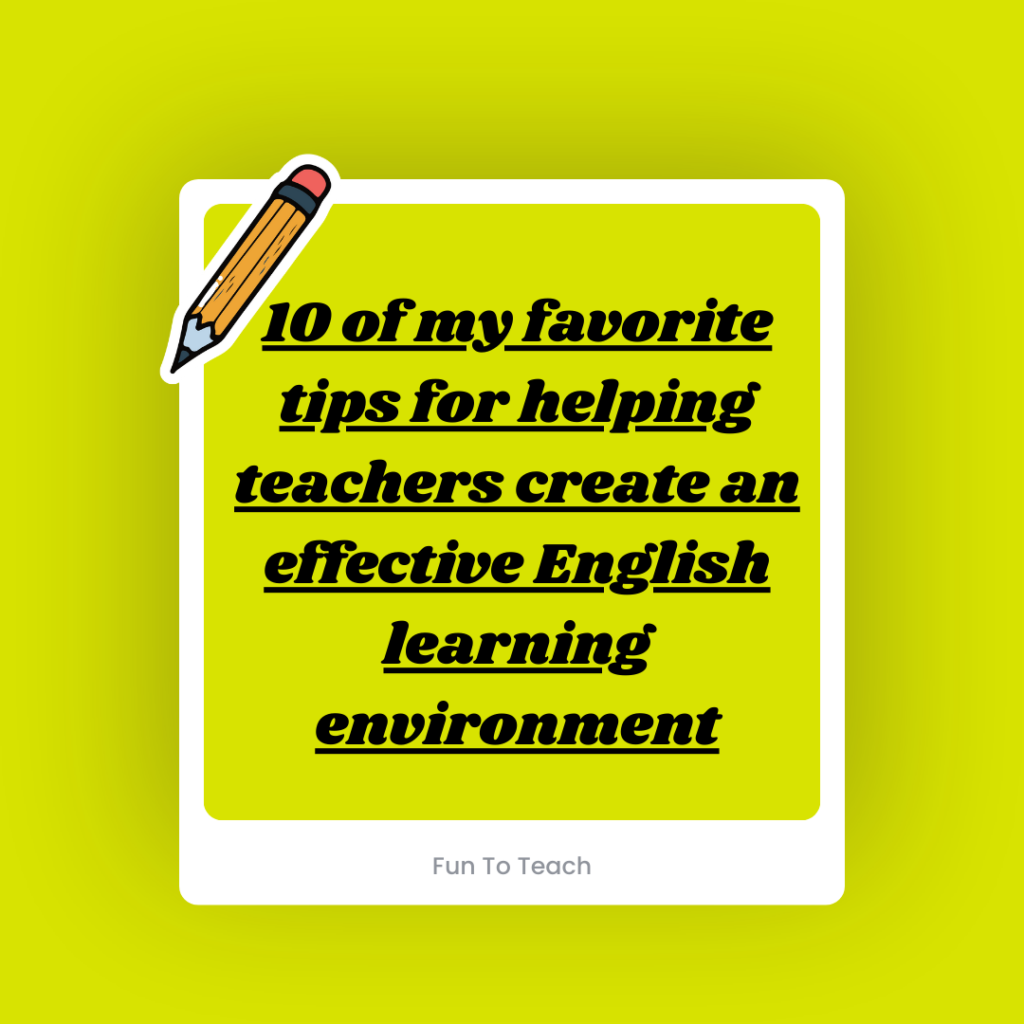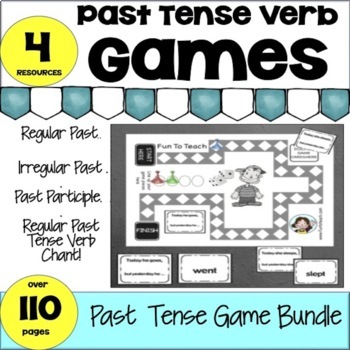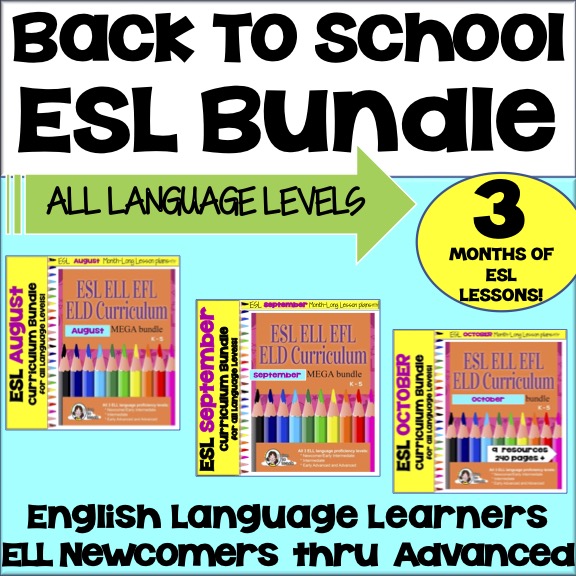If you’re a brand-new teacher, you might feel overwhelmed when it comes to increasing language proficiency in English learners, but don’t worry! With the right strategies and tools, you’ll feel equipped to guide your students through a year of learning and growth.
In this 2 part blog post, I’m going to share 10 of my favorite tips for helping teachers create an effective English learning environment—from partnering with third-party services that offer online classes to understanding the different stages of second language acquisition. With these tips in hand (and some patience!), you’ll be on your way to helping everyone reach their full potential. Let’s dive in.
I will share resources and proven ideas in part 1 and part 2 of this blog post that can help new and experienced teachers increase language proficiency in English learners.
Click here for part 2 of this blog post~
#1: ESL/ELD Curriculum
Utilize ESL/ELD textbooks and curricula specifically designed to develop language skills in English learners. These resources often provide structured lessons and activities targeting listening, speaking, reading, and writing skills. Check out my year-long curriculum right here.

#2: Online Language Learning Platforms
Incorporate online language learning platforms like Duolingo, Rosetta Stone, or Ellii. These platforms offer interactive lessons, vocabulary practice, and language exercises that can supplement classroom instruction.
#3: Language Learning Apps
Recommend language learning apps that students can use independently to practice English outside the classroom. Popular language learning apps include Babbel, FluentU, and HelloTalk.
#4: Bilingual Dictionaries and Translation Tools
Provide bilingual dictionaries or translation tools to support English learners in understanding vocabulary and translating words or phrases. Online resources like WordReference, Linguee, or the Google Translate app can be useful for quick translations.

#5: Authentic Materials and Literature
Introduce authentic materials, such as games, activities, books, magazines, newspapers, and online articles, that are appropriate for the English proficiency level of your students. These materials expose students to real-life language use and help develop reading comprehension and vocabulary.

Use the strategies above to create an effective language learning program that suits your classroom needs. Remember, the right strategy is just as essential as the actual resources and materials you choose to use. Let me know how these strategies work for you in the comments below or connect with me on social to share your experience with the wider teaching community. Together, let’s help our students achieve maximum success and proficiency in English!

I hope this blog post has given you some ideas about how you can support your English Learners and provide them with the tools and resources they need to develop their English proficiency. Whether it’s as simple as providing a bilingual dictionary or venturing out into tech-based language learning platforms, there are lots of ways we can help our ELs become fluent in English. Read part 2 of this blog post next week!
Click here for part 2 of this blog post~
Let’s teach!
Lori

Looking for time-saving tips and tricks for teaching math and ESL? Sign up for my email newsletter to get free teaching resources and helpful strategies right to your inbox! Click here to sign up.

No comments:
Post a Comment